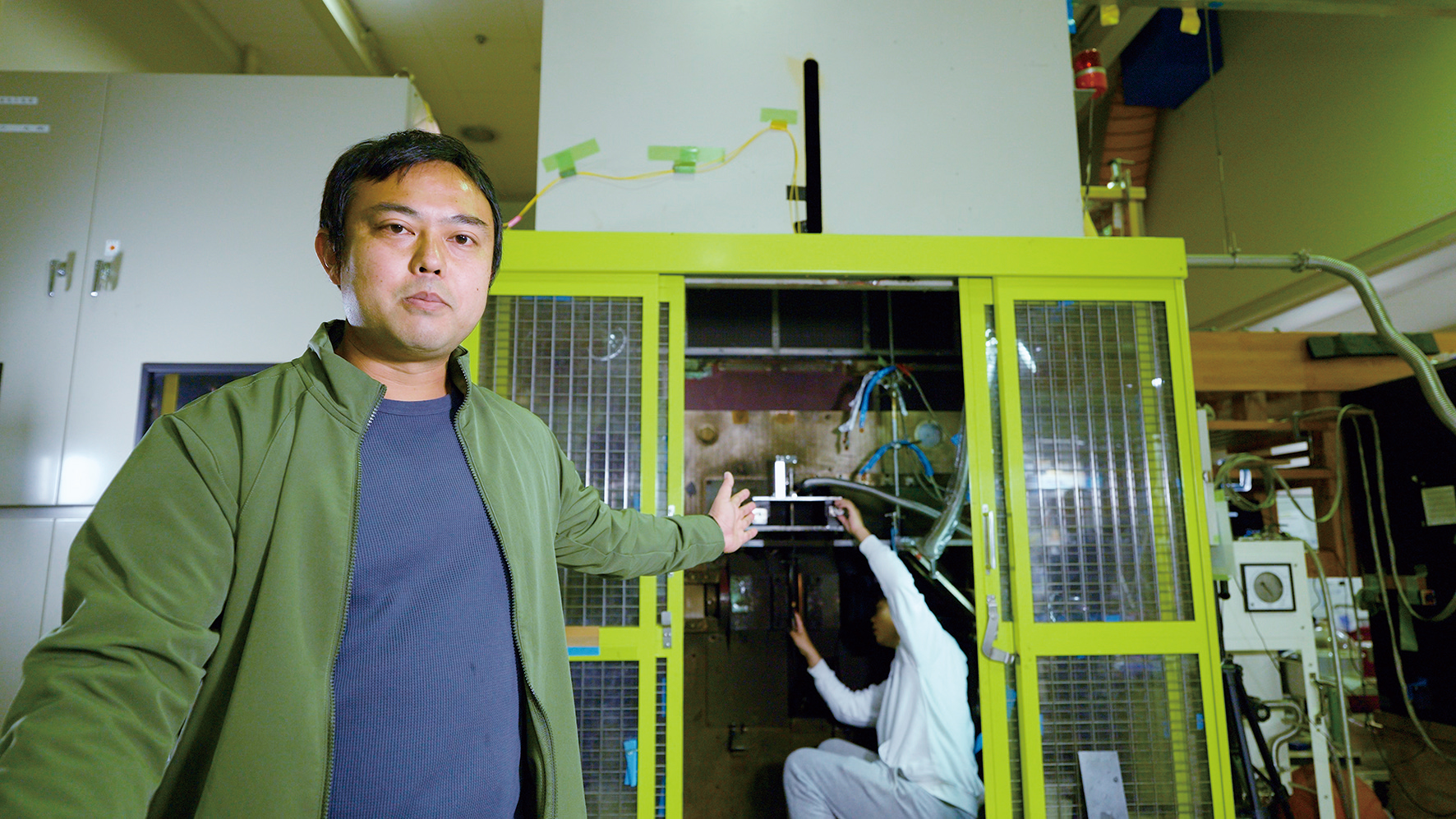Message
What is the most meaningful study to develop the technologies for the future society? That was the reason why I started to learn materials science. In the world of electron devices, “things we hope to do" are changing to “things we can do” every day.
I majored in chemical engineering because learning chemistry seemed necessary to understand the technology for the benet of our society, such as the technologies for environmental conservation and efcient usage of energy. After graduation, I started to work with a professor leading the cutting-edge research on electron devices with in-depth knowledge of physics. While I kept struggling to pursue his many creative ideas, I nally found my way to come to where I am today. Today materials science provides one of the keys for develop-ing advanced electron devices. In this research eld, specialists in materials science are not the majority, so I always feel I am responsible for the role to clarify the technological issues in device physics from a perspective of materials science. In those researches, we cannot nd a solution without repeating trials to test our various ideas over and over again. That is how future technology develops. We should enjoy such struggling to keep moving the technology forward.














